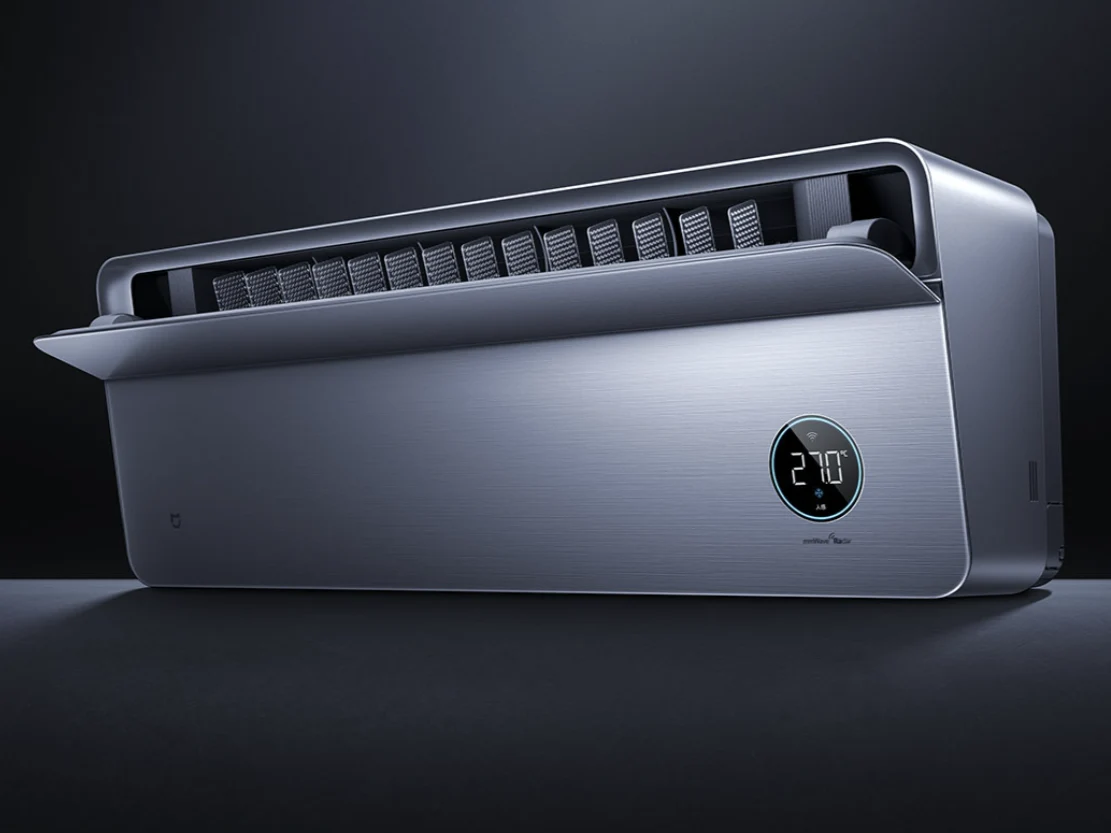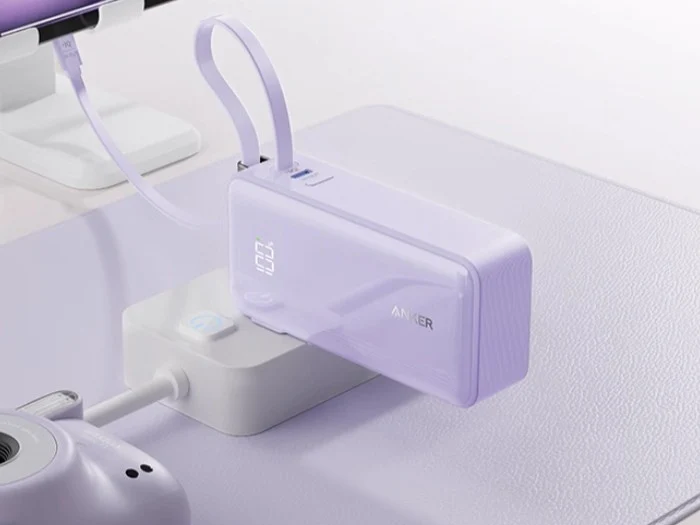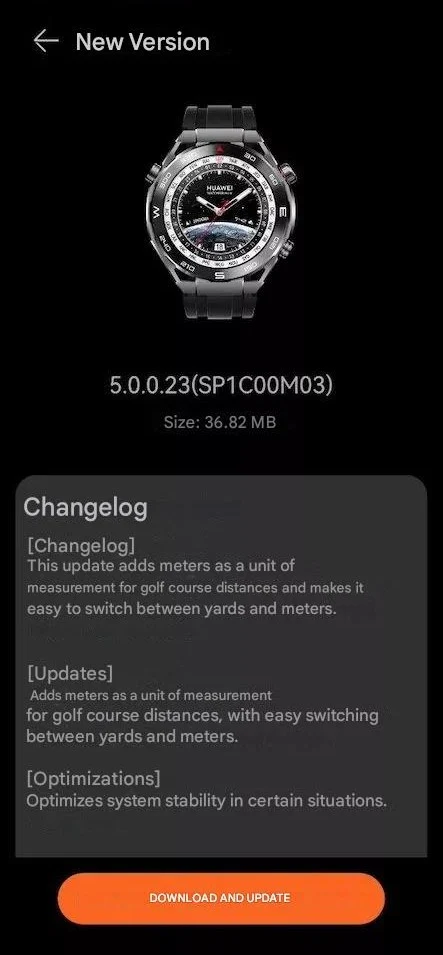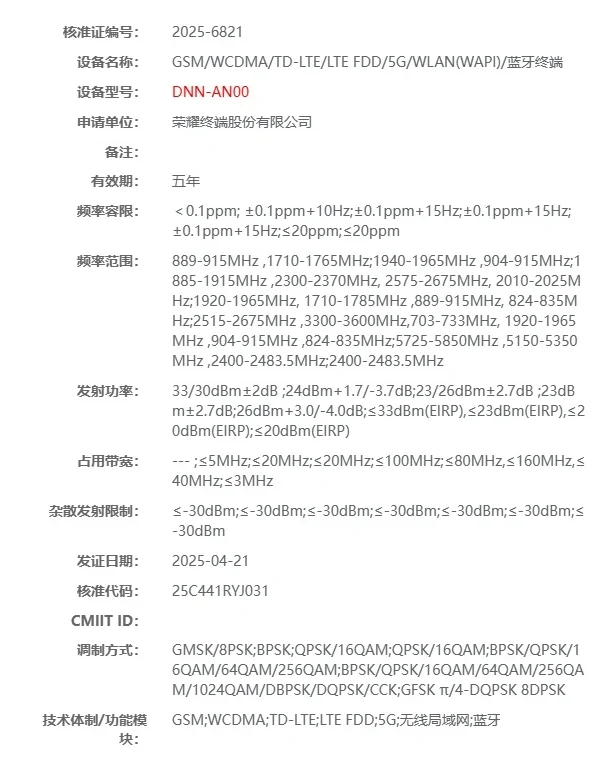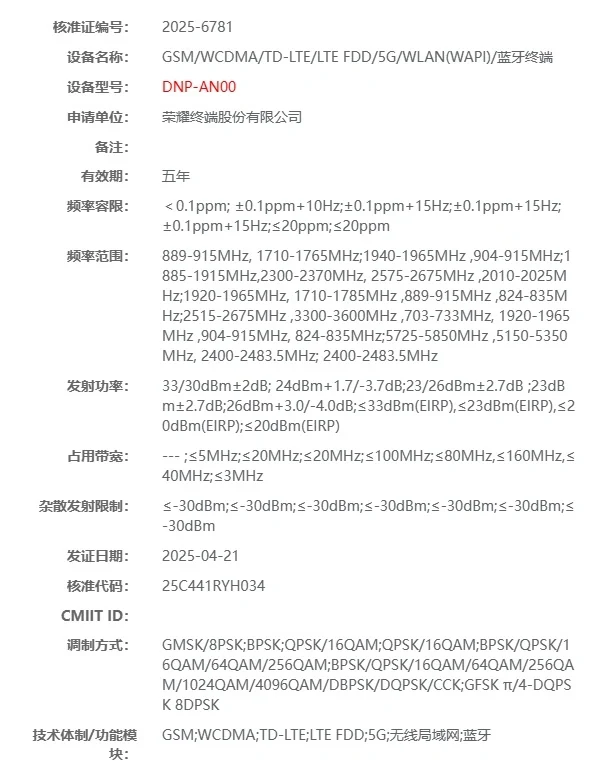Key Takeaways
1. The Huawei Vision Smart Screen 5 SE is available in 55, 65, and 75 inches, with prices starting at approximately $358, but it is currently only sold in China.
2. The television features advanced mini-LED technology, achieving peak brightness of 800 to 1,000 nits and a contrast ratio of 125,000:1.
3. It has a native refresh rate of 120Hz, which can be increased to 240Hz with interpolation, and offers 4K resolution (3840 x 2160).
4. Unique features include a built-in camera for video calls and games, and it runs on HarmonyOS 4.3.
5. The TV supports HDMI connections, has an Ethernet port, and offers WiFi capabilities along with various AI-driven features.
Huawei has unveiled a new television called the Vision Smart Screen 5 SE. Like previous models, this screen comes in a range of sizes. Specifically, the Vision Smart Screen 5 SE is available in 55, 65, and 75 inches, but currently, it’s only for sale in China. The official preorder prices begin at around $358. There are no confirmed details about a global release, and it seems unlikely that Huawei’s latest TVs will be available in the US or Europe.
Advanced Display Technology
These new televisions utilize mini-LED technology, allowing their backlighting to be adjusted based on what’s displayed on the screen. When in HDR mode, they can reach a peak brightness of 800 to 1,000 nits, along with a contrast ratio of 125,000:1. The native refresh rate is 120Hz, but it can go up to 240Hz with interpolation. Naturally, these screens are 4K panels with a resolution of 3840 x 2160.
Unique Features
Additionally, Huawei’s latest TV models come with a few unique features. For example, the built-in camera can be used for video calls and some simple games, which may remind users of titles for the PlayStation Camera EyeToy. The Vision Smart Screen 5 SE operates on HarmonyOS 4.3. It also has options for connecting consoles or external media players through HDMI. An Ethernet port is included, alongside WiFi capabilities and a variety of AI-driven features.
Source:
Link



